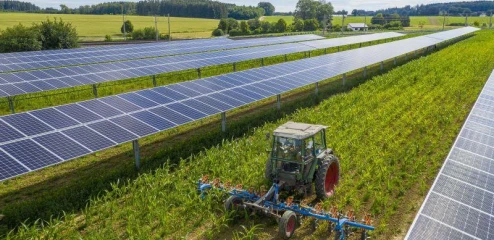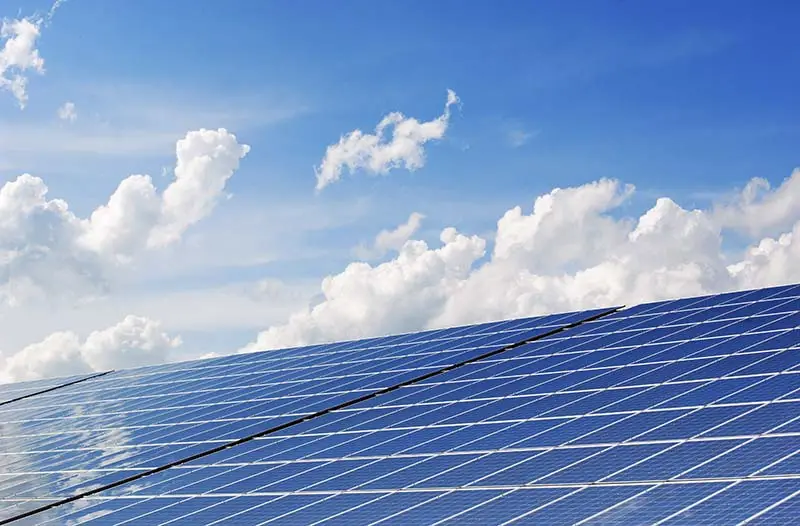
Agri-PV in Action: Real-World Examples from Across the EU
Agrivoltaics the innovative combination of agriculture and solar power is gaining momentum across Europe, offering a win-win solution for food and energy production.

If you found this article interesting, you may also want to read our related posts below.